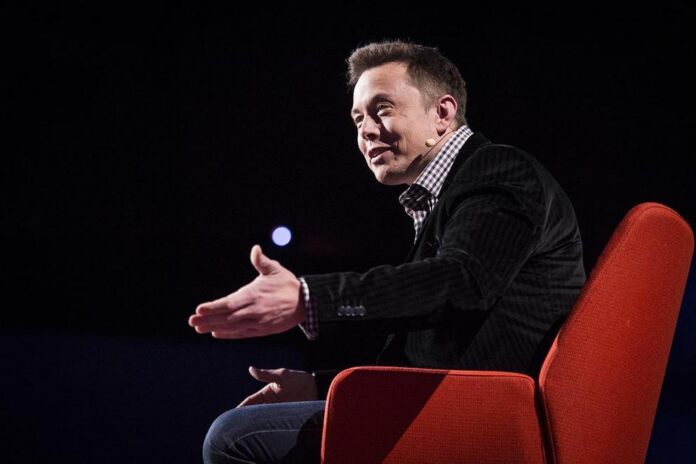This seems to be a tactic to tie into charging users to have the Blue Tick that verifies who they are. Many users are unhappy they have to pay to add an official stamp of verification to their accounts. Especially because impersonator accounts are rife on Twitter. These are accounts where someone pretends to be someone they are not, such as a celebrity. Honestly, some of these are hilarious parody accounts but others are more problematic and help spread misinformation. Although, Musk says accounts that identify themselves as parody are fine. Either way, Musk says the micro-blogging platform will take a no-nonsense approach to these fake accounts. In fact, the new CEO also says that there will be no warnings given before issuing a suspension. “This will be clearly identified as a condition for signing up to Twitter Blue,” Musk says.
Blue Tick
After pumping over $40bn into the company, Musk is clearly looking for ways to monetise the platform. Twitter supports ads, but there are concerns Musk’s plan to reintroduce controversial users could put off advertisers. So, that is why users are now paying for the Blue Tick. At least Musk is looking for ways to protect the investment those users make to verify their accounts. Tip of the day: After years of hefting a laptop around, you inevitably build up a menagerie of Wi-Fi networks. For the most part, they’ll sit on your PC, hardly used, but at times a change in configuration can make it difficult to connect to a network your computer already remembers. At this point, it can be beneficial to make Windows forget a Wi-Fi network and delete its network profile.




